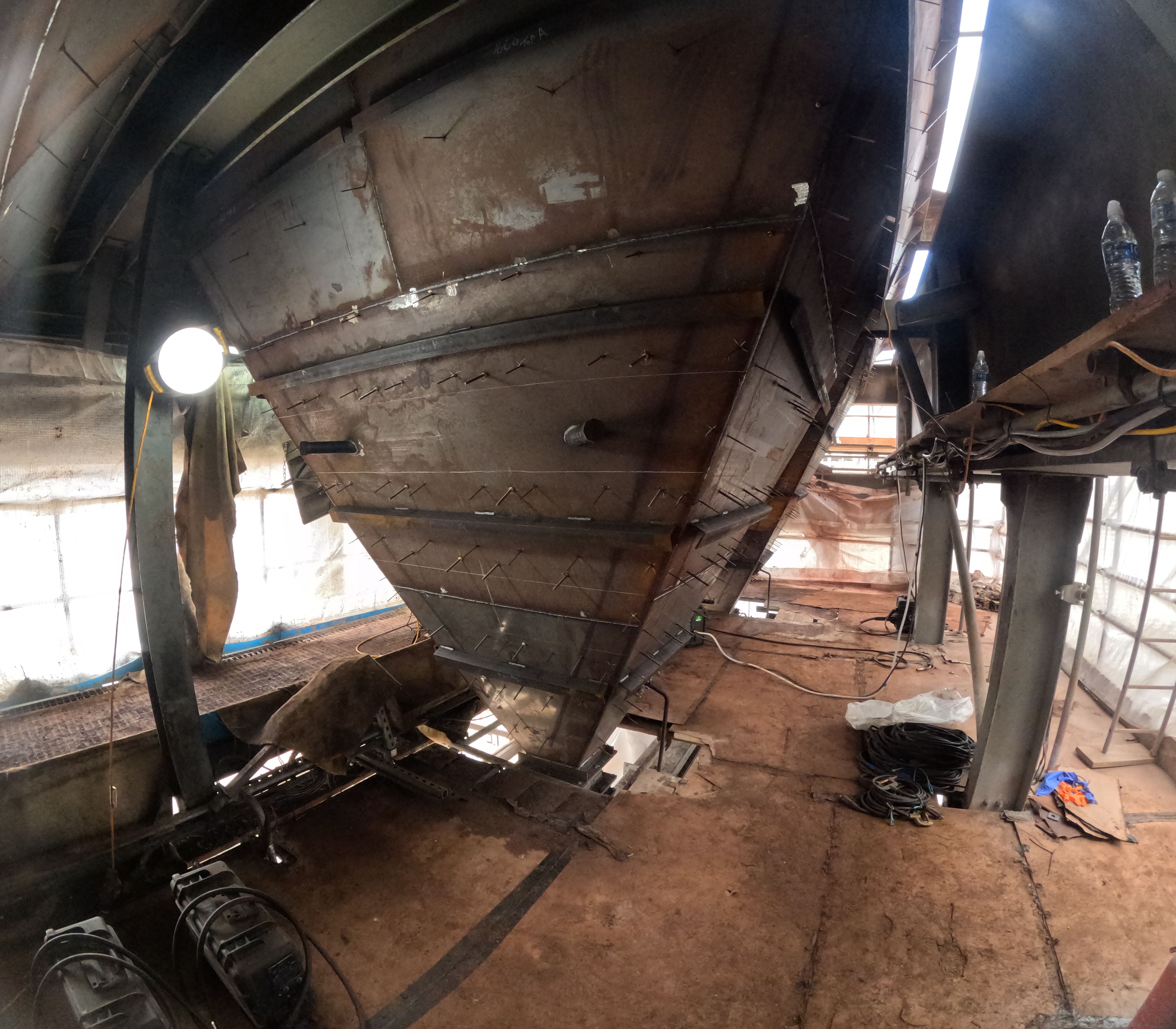Baghouse Hopper Modifications Made Easy: Flanged Access Panels and Wear Checks
In the world of industrial filtration, baghouses are the workhorses of dust collection—particularly in energy-from-waste, biomass, and heavy manufacturing facilities across the UK. But as any experienced maintenance team knows, keeping these systems in peak condition takes more than just changing filters.
Two of the most effective upgrades to improve maintenance efficiency and plant reliability are flanged access panels and routine wear checks on hopper internals. These simple yet impactful modifications can dramatically reduce unplanned downtime and help extend the operational life of your system.
Why Modify Baghouse Hoppers?
Baghouse hoppers play a vital role in collecting and funnelling particulate matter into ash handling systems. But over time, they can become hotspots for wear, blockages, and maintenance headaches—especially when access is limited or non-existent.
Installing access panels and integrating a wear-check routine transforms these challenges into manageable tasks, allowing engineers to inspect and maintain components quickly and safely.
Flanged Access Panels: A Small Upgrade with Big Benefits
Retrofitting flanged access panels into baghouse hopper walls allows for:
-
Quicker inspection of ash build-up, cone wear, and flow patterns
-
Easier clean-out of blockages or hardened ash
-
Improved access to deflector plates, insulation, and liner systems
-
Safer and faster confined-space entry (or the elimination of the need entirely)
These panels can be custom-sized and fitted in line with the plant’s operational needs, and are often fabricated off-site and welded or bolted into place during a short shutdown.
The Importance of Wear Checks
Ash and dust flowing through baghouse hoppers—particularly at high temperatures or with corrosive materials—can cause significant wear on internal surfaces. Over time, this leads to:
-
Material thinning or breaches in hopper walls
-
Failure of liner plates or deflector systems
-
Uncontrolled air ingress that affects negative pressure and dust flow
Regular wear checks, particularly during scheduled outages, are essential. Access panels make these inspections far easier and more reliable, allowing you to spot issues early and take corrective action before failures occur.
A Cost-Effective Maintenance Strategy
These hopper upgrades offer an excellent return on investment:
-
Minimised unplanned downtime
-
Improved safety for maintenance teams
-
Extended life of hoppers and ash-handling systems
-
Better operational control and emissions consistency
They can also be carried out incrementally across multiple units or lines, allowing for a phased maintenance approach that fits within your shutdown calendar and budget.
Conclusion
Flanged access panels and routine wear checks are small changes that can yield major operational improvements in baghouse performance. For UK EfW, industrial, and process plants, these modifications offer a cost-effective and practical way to maintain plant reliability, safety, and compliance.
Whether you’re dealing with persistent hopper blockages or simply looking to future-proof your dust extraction system, these upgrades are worth the consideration. For specialist advice and a no-obligation quotation, call IME on 02085996570 or email sales@imegroup.co.uk.

